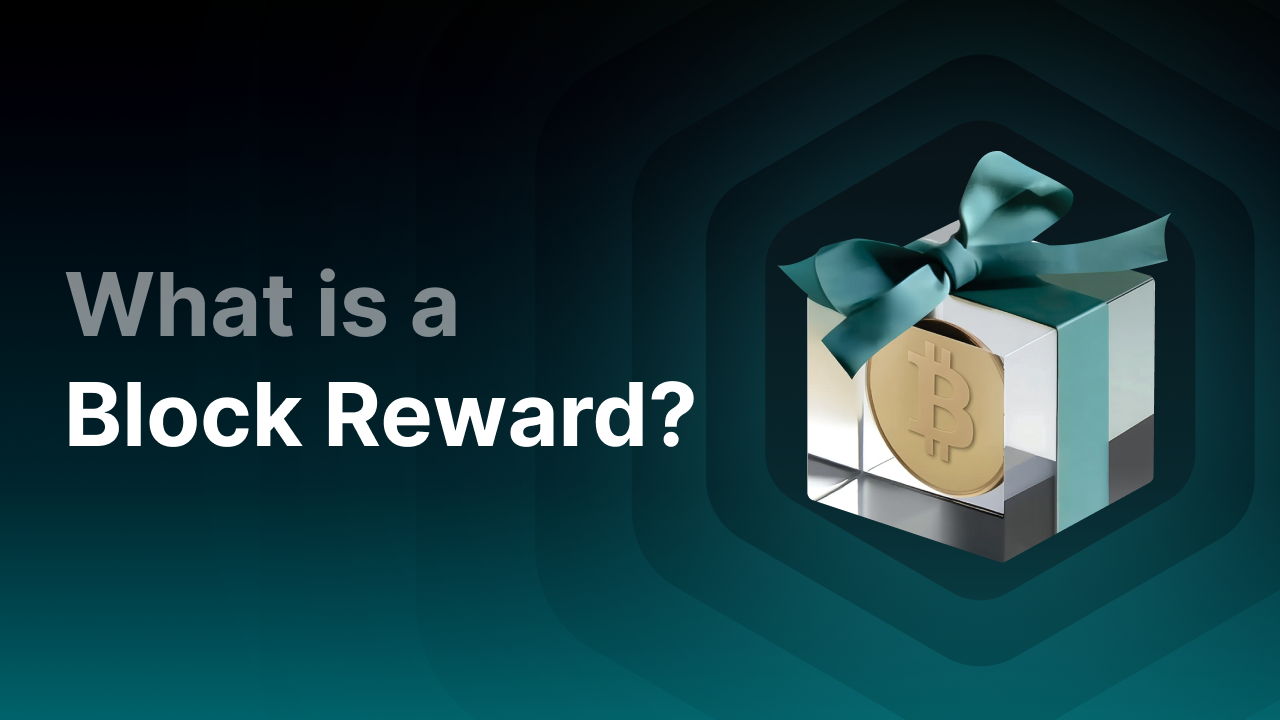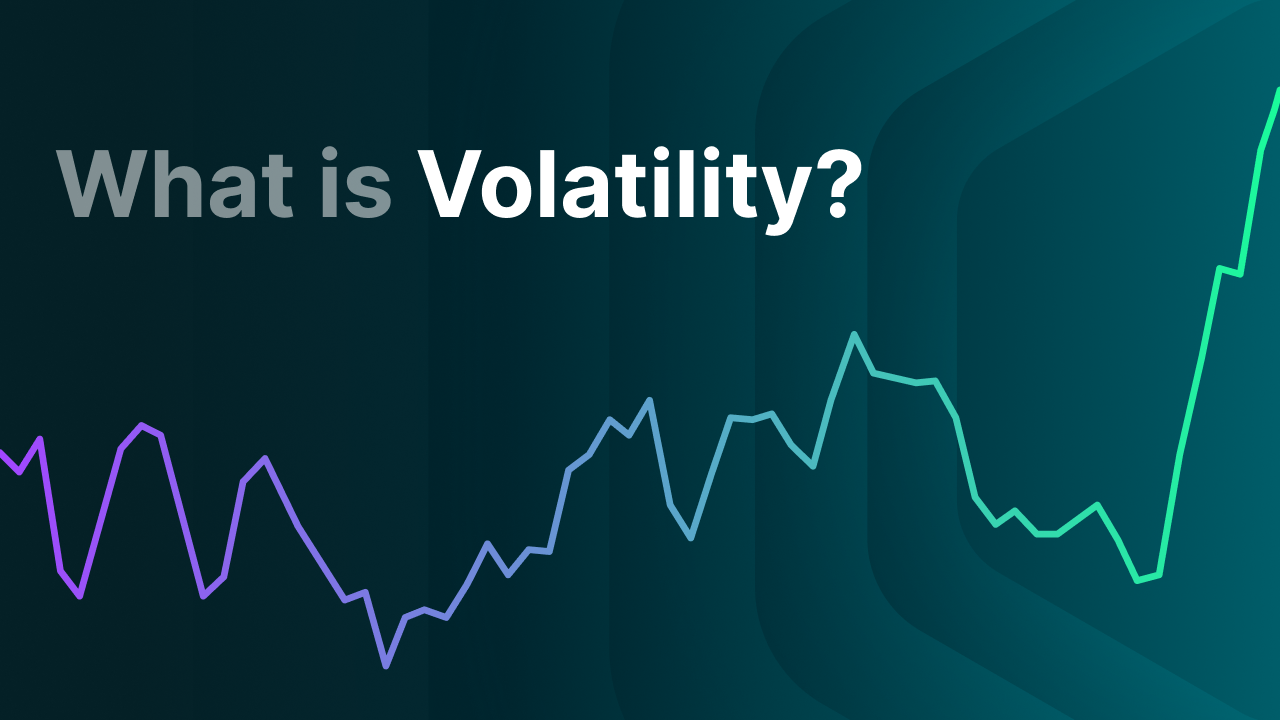What is Proof of History (PoH)?

Definition: Proof of History
Proof of History (PoH) is a cryptographic timestamp system that records events in a blockchain in an immutable order, even before transactions are validated, allowing transactions to be processed faster and more efficiently.
Key Takeaways
- Proof of History (PoH) is not a consensus mechanism but works together with Proof of Stake (PoS) to record the order of transactions before consensus occurs.
- Each hash depends on the previous one, creating an immutable timeline that anyone can quickly verify.
- Thanks to PoH combined with PoS and Tower BFT, Solana can process more than 50,000 transactions per second.
TLDR: What is a consensus algorithm?
Before learning what Proof of History is, it’s helpful to understand what a consensus algorithm is. The two terms are closely related.
A consensus algorithm is the set of exact instructions that describes how a decentralized network like Solana, Bitcoin, or Ethereum reaches agreement on the validity of transactions. All participants (nodes) follow this algorithm to determine if a transaction is valid. Once a sufficiently large part of the network (the required quorum) agrees, the transaction is bundled with other approved transactions into a block. That block is then added to the blockchain by a node.
Consensus algorithms must ensure:
- Security: protection against fraud or attacks, even if some nodes are malicious.
- Decentralization: no central party deciding.
- Scalability and throughput: the ability to process many transactions quickly.
The consensus algorithm operates within a consensus mechanism. The mechanism is the overarching system or method for reaching agreement, while the algorithm is the step-by-step guide describing how that process works.
Example in blockchain:
- Mechanism: Proof of Stake or Proof of Work.
- Algorithm: the exact rules for how validators are chosen, how votes are counted, and how blocks are confirmed.
Proof of History (PoH) is not a consensus mechanism by itself but a cryptographic timestamp system that Solana uses alongside its Proof of Stake mechanism. PoH makes it possible to place transactions in a verifiable chronological order. This means nodes need less communication to agree on the order, making the consensus process faster and more efficient.
What is Proof of History?
Proof of History (PoH) is a technology developed to solve one of the trickiest problems in blockchains: establishing a reliable and decentralized timeline of events. PoH is an addition to the existing Proof of Stake mechanism. It was developed by Solana to address the problem faced by other blockchains, such as Ethereum, which require extensive communication to determine which transaction happened first. PoH records the order cryptographically before consensus is reached, addressing this problem.
Solana uses both Proof of History and Proof of Stake. Proof of Stake validators validate transactions on the network and add blocks to the Solana blockchain. This list of transactions is ordered by the PoH mechanism.
So:
- Proof of History cryptographically determines the order of transactions.
- Proof of Stake validates the transactions and adds blocks to the Solana blockchain.
- This collaboration prevents nodes (validators) from having to communicate in advance about which transaction happened first, allowing transactions to be validated faster and more efficiently.
By combining Proof of Stake with Proof of History, Solana creates a hybrid consensus algorithm consisting of two complementary mechanisms. This makes the Solana blockchain extremely fast, scalable, and cost-effective compared to other blockchains like Ethereum and Bitcoin.
How does Proof of History (PoH) work?
Proof of History functions as a mechanism that records events in a blockchain with a cryptographic timestamp. This way, the network knows the order in which things happened, even before all participants (nodes) have reached consensus.
PoH makes this possible thanks to a special calculation performed according to a fixed process: the Verifiable Delay Function (VDF). The result of the previous calculation is needed for the next one. Each step produces a unique hash, which acts as a timestamp.
Together, these timestamps form an immutable timeline of events. Once a transaction is validated, it is linked to the current hash in the chain. Thanks to the timestamps and the hash, you can pinpoint exactly where in the timeline (and thus at what moment) the transaction occurred.
The advantage: validators don’t need to discuss which transaction came first. This allows transactions to be processed in parallel, which is extremely efficient and therefore very fast. Solana can achieve more than 50,000 transactions per second.
Technically, it works like this: all events are hashed with the SHA-256 hash function. The output of each hash becomes the input for the next. This creates a long, unbroken chain. Because hashing always takes a little time, you can also measure how much time passes between events.
The result: a built-in, reliable, and unchangeable timeline without a central clock or intermediary. This allows Solana to operate extremely quickly and efficiently, while everyone sees the same order of events.
In short: thanks to PoH, the network doesn’t need to wait for every validator to confirm which transaction was first. Instead:
- The order is already fixed in the PoH chain.
- Validators only need to check if the transactions are valid and in the correct order.
This makes the consensus process lighter, faster, and more efficient.
The Proof of History process
The Proof of History process consists of:
1. Generating a hash chain
- A cryptographic hash function (SHA-256) is repeatedly applied, with the output of the previous step as the input of the next.
- Each hash is unique and can only be computed by going through all the previous hashes, creating a verifiable sequence.
- This creates a “cryptographic clock”: a series of timestamps that anyone can verify.
2. Inserting events and transactions
- New transactions or events are inserted into the hash chain.
- This makes it possible to determine exactly where in the sequence (and thus in time) an event occurred, without the need for external time sources.
3. Building blocks
- The validator whose turn it is (leader) uses the PoH sequence to order transactions.
- Since the order is cryptographically fixed, validators no longer need to agree on the order, saving time.
4. Processing consensus
- Other validators check the PoH sequence and the transactions.
- Solana uses Tower BFT (a customized Proof of Stake) on top of PoH to vote on the validity of blocks.
- After enough votes, the block becomes final.
Which cryptocurrency runs on Proof of History (PoH)?
Proof of History (PoH) is used by Solana. This means that SOL runs on Proof of History. When trading on the Solana blockchain, such as selling SOL, the Proof of History consensus mechanism is used to complete your transaction.
Solana combines PoH with Proof of Stake and Tower BFT. Together, they provide a robust and efficient consensus model.
Here’s how they work together:
- Proof of History (PoH): creates a cryptographic proof of the order and timing of events.
- Proof of Stake (PoS): determines who gets to validate based on how much SOL someone stakes.
- Tower BFT: is the consensus protocol that runs on top of PoH and PoS. It decides how validators agree on the correct version of the blockchain.
PoH is also mentioned as a potential innovation in other projects like Arweave (for storage) or Chainlink (for oracles), but these are (so far) not widely used.
Example of Proof of History
Once a validator receives a transaction, the process goes like this:
-
Each hash is calculated from the previous hash, creating a unique chain:
Hash 1 → Hash 2 → Hash 3 → … → Hash n (currently running) -
This chain keeps ticking like a stopwatch.
-
Now, if a transaction (Transaction T) comes in, the validator attaches it directly to the hash currently active (Hash n):
Hash 1 → Hash 2 → Hash 3 → … → Hash n │ <--- Transaction T
Because the hash chain always runs in the same way and order, everyone knows exactly at which “tick moment” the transaction occurred.
That means:
- No fuss over deciding who was first.
- Everything automatically gets a verifiable timestamp.
Proof of History is essentially a digital stopwatch for the entire network.
Advantages of Proof of History
Proof of History offers several advantages for Solana:
- High transaction speed: Solana can process tens of thousands of transactions per second.
- Low transaction costs: thanks to efficiency, transaction fees with Proof of History are very low.
- Lower latency: the cryptographic timestamp allows the network to process transactions faster and more efficiently.
- Efficient consensus: validators don’t need to first reach consensus on the order; it’s already set via PoH.
- Reliable cryptographic time order: easy to verify and hard to manipulate, increasing security.
Disadvantages of Proof of History
Alongside advantages, Proof of History also has a few drawbacks:
- High hardware requirements: because validators must constantly run VDFs and hashing, powerful hardware is required. This limits access to validation.
- Risk of centralization: due to complexity and a smaller number of validators, validation may be less decentralized compared to simpler models like PoW, which runs on general-purpose hardware.
- Novelty and limited testing: PoH is relatively new; experience under heavy network load is still limited. This has caused Solana to experience multiple network outages in the past.
Final thoughts
Proof of History is an innovative addition to existing blockchain technology. By cryptographically giving events an immutable timestamp, PoH solves one of the biggest challenges in decentralized networks: quickly and reliably determining the order of transactions. Combined with Proof of Stake and Tower BFT, this makes Solana one of the fastest and most efficient blockchains, with transaction speeds in the tens of thousands per second at low cost. Although the technology has high hardware requirements and is still relatively young, PoH has proven that it’s possible to combine scalability, speed, and security in a way that traditional blockchain models like Bitcoin and Ethereum can’t match.



__01KC926A15P1A0X3VR6DBBV1FK.png)
